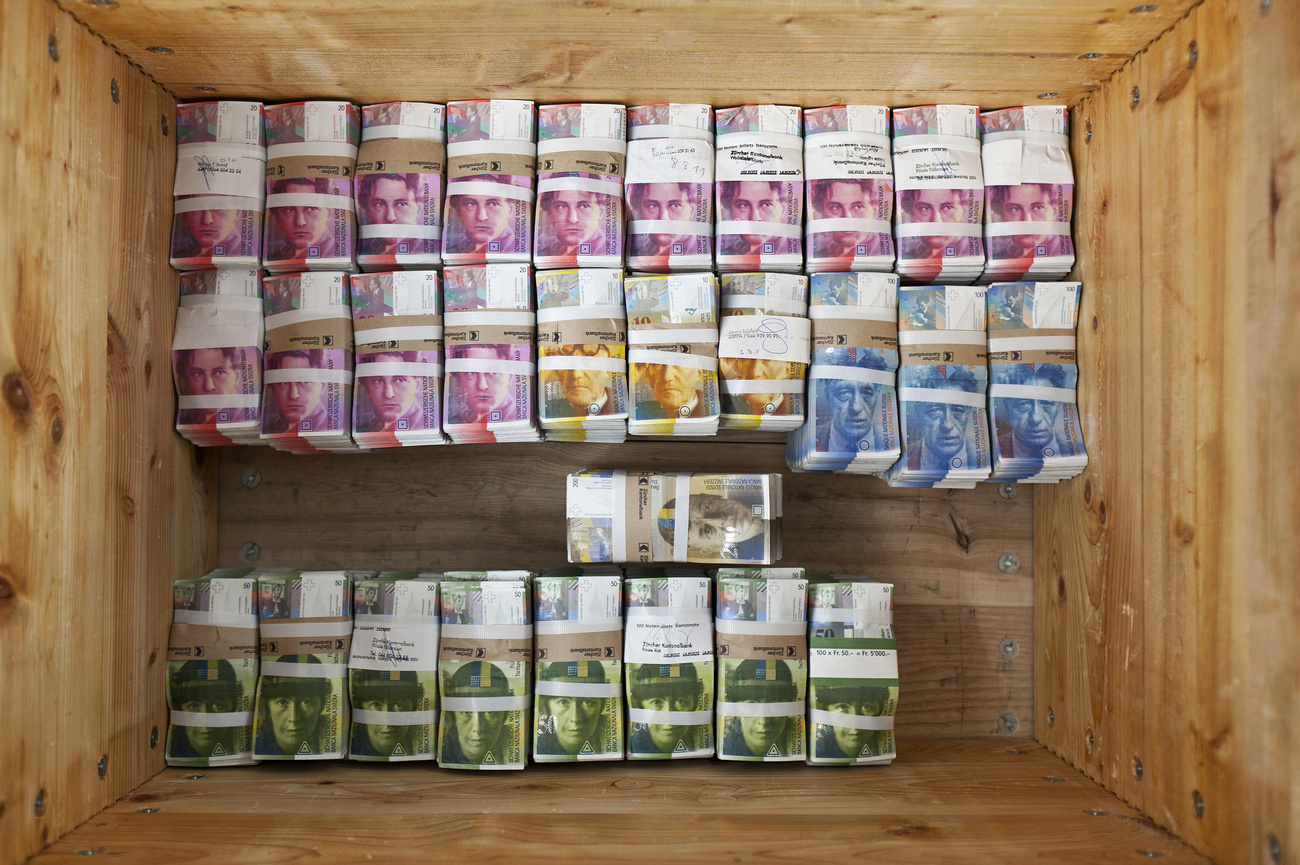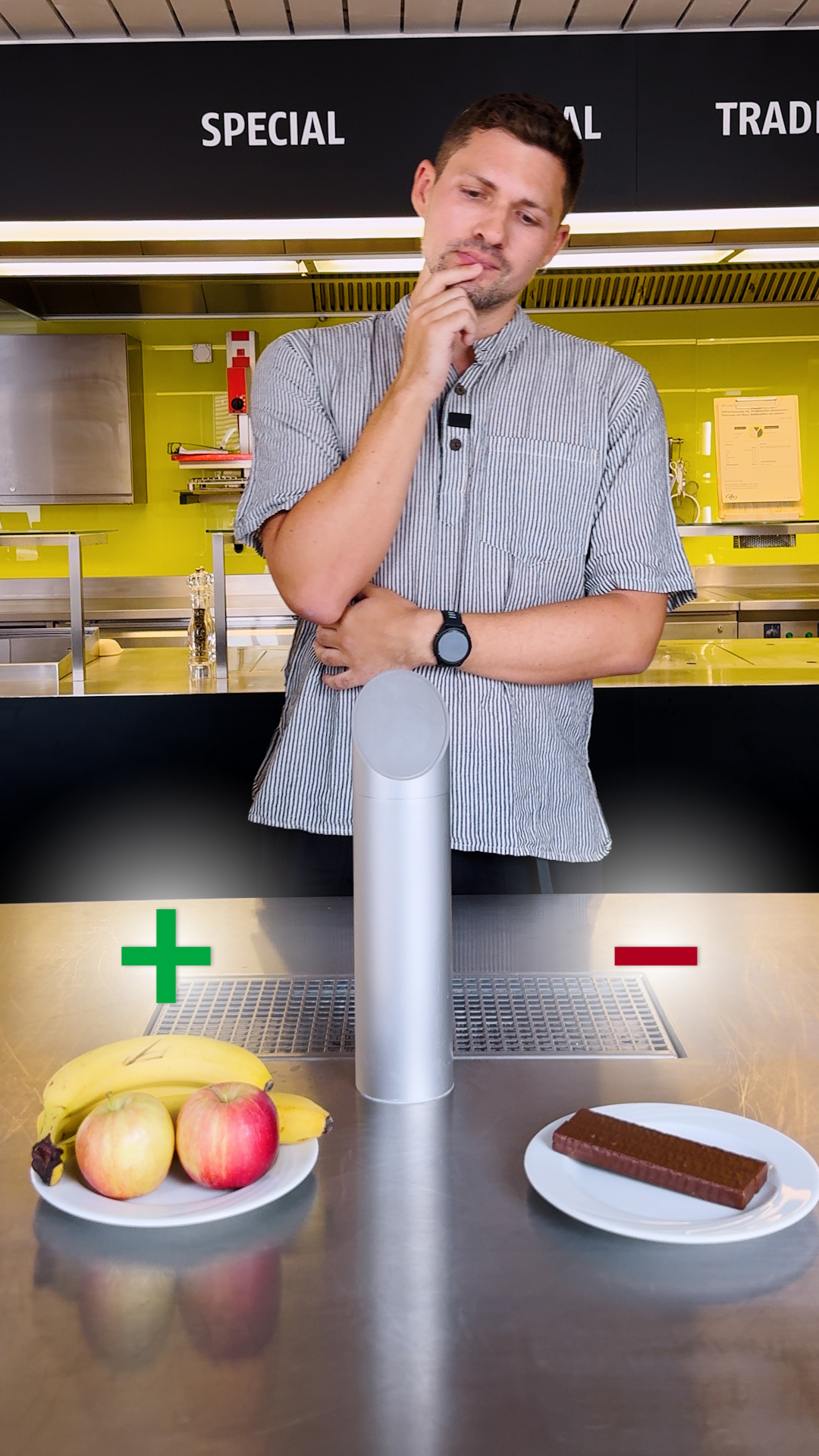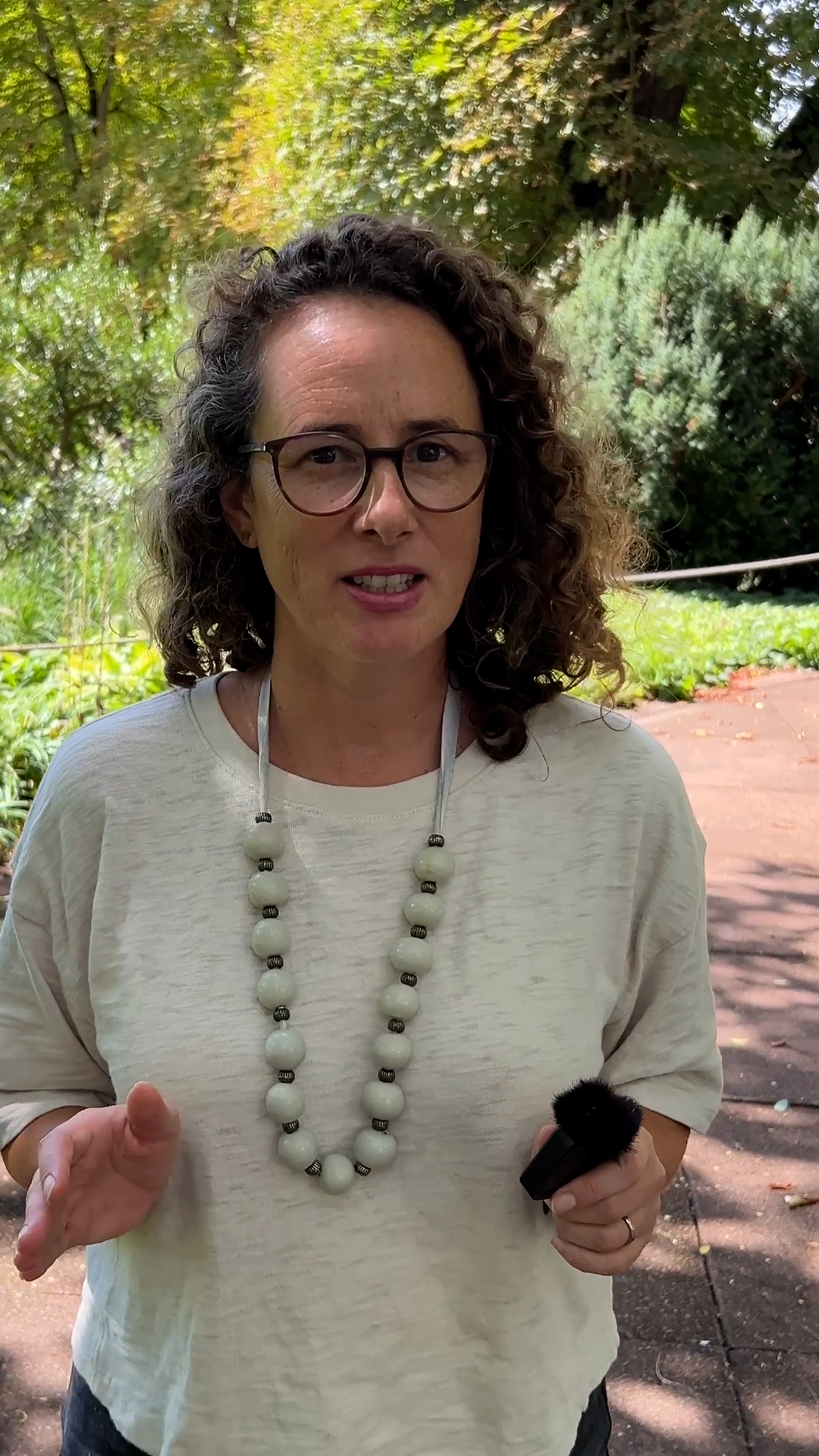
How a Swiss invention hooked the world

George de Mestral, a Swiss engineer born 100 years ago, might not be a name around your house, but it's highly likely that one of his inventions is.
The hook-and-loop fastener, better known under the trademark Velcro, was the result of an alpine walk, a dog, some burdock and a pinch of Swiss genius.
De Mestral was born in 1907 in the castle of Saint-Saphorin-sur-Morges, the family estate in the wine region of Lake Geneva near Lausanne.
As a boy, de Mestral showed an inventive mind – receiving his first patent, for a type of model plane, aged 12. He later graduated from the Federal Institute of Technology in Lausanne as an electrical engineer.
It was in 1941 that de Mestral had his eureka moment. Walking his dog in the woods, he spotted that his woollen socks and jacket and his dog’s fur were covered with burrs – small seeds or dry fruits found in many types of plant including thistles and, in this case, burdock.
Back home, de Mestral slipped a few burrs under a microscope and saw that their barbed, hook-like seeds meshed with the looped fibres in his clothes.
He realised that this gripping device was more reliable than zips, which frequently jammed, and he saw the possibility of binding two materials reversibly in an equally simple fashion.
Loopy
Few people took this idea seriously – several openly laughed at it – but with help from a weaver at a textile plant in Lyon and a loom-maker in Basel, de Mestral perfected his “hook-and-loop fastener”.
By trial and error, de Mestral discovered that nylon, when sewn under infrared light, formed tough hooks for the burr side of the fastener.
However, the logistics of weaving 300 hooks and loops per square inch to cloth tape meant slow progress, and mechanising the production process was another hurdle.
But finally, in 1955, the hook-and-loop fastener was patented under the name Velcro, which comes from the French words “velours” (velvet) and “crochet” (hook).
De Mestral started a company to manufacture Velcro. He later sold the company and worldwide patent rights to Velcro SA, a Swiss company (later Velcro International).
Trademark
Today, Velcro has become a generic term for any fastener of this type – a “misuse by the public” that Velcro International is not particularly happy about.
“Velcro is the name of our companies and is a registered trademark for our products,” the highly protective company says. “It is not the generic name of the product that… is generically known as ‘hook-and-loop fastener’ or ‘touch fasteners’.”
Whatever you call them, the safe, easy-to-use and maintenance-free fasteners have been used for just about every conceivable application where a temporary bond is required.
They are used in office equipment, sporting and leisure equipment, luggage, aircraft, by Nasa in space shuttles, the armed forces and for medical care – Velcro even helped hold the first artificial heart together.
It is especially popular in clothing for children or disabled adults, where it replaces buttons, zips or laces. The tearing noise is also useful against pickpockets.
Patent promotion
On the downside, the strips tend to accumulate hair, dust and fur after a few months of regular use, and certain materials may be damaged by contact with them.
What’s more, the noise made by unfastening a hook-and-loop fastener does not make it ideal for certain purposes. A soldier hiding in a bush is unlikely to rip open his pocket to get something. Researchers continue to work on the “holy grail” of silent Velcro.
After his Velcro success, de Mestral got involved in promoting other people’s inventions, helping several young inventors obtain patents.
Other inventions patented by de Mestral himself include a hygrometer, which measures air humidity, and an asparagus peeler.
swissinfo, Thomas Stephens
George de Mistral was born in Nyon, canton Vaud on June 19, 1907.
He attended the Federal Institute of Technology in Lausanne.
In 1955 he patented Velcro.
He died in Nyon on February 8, 1990.

In compliance with the JTI standards
More: SWI swissinfo.ch certified by the Journalism Trust Initiative










































You can find an overview of ongoing debates with our journalists here . Please join us!
If you want to start a conversation about a topic raised in this article or want to report factual errors, email us at english@swissinfo.ch.